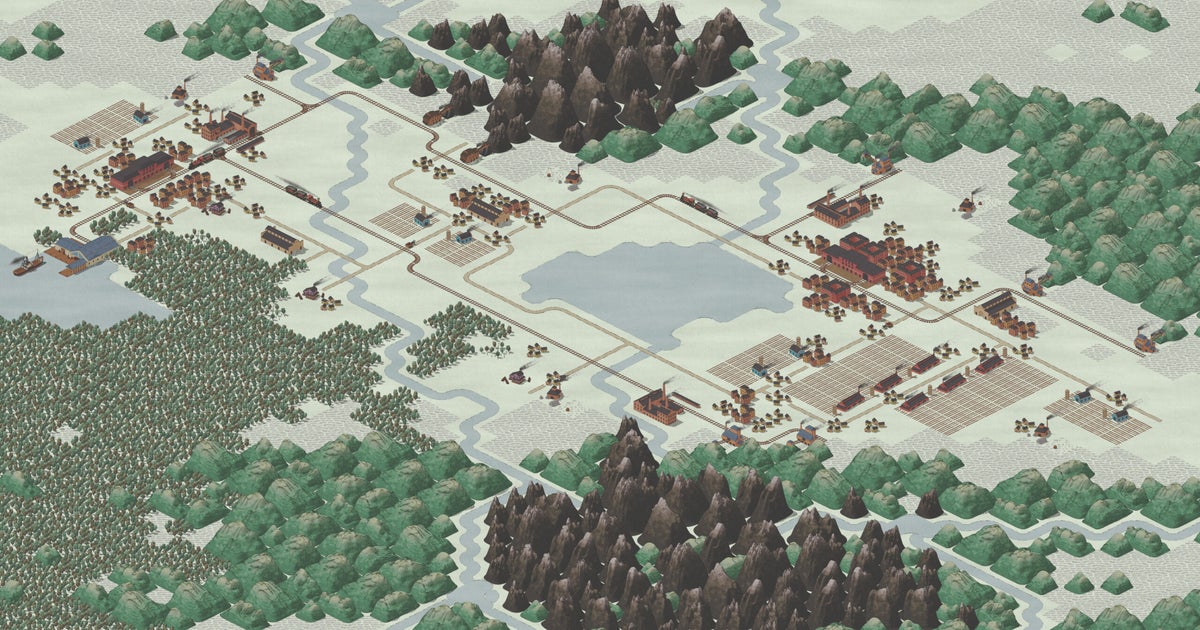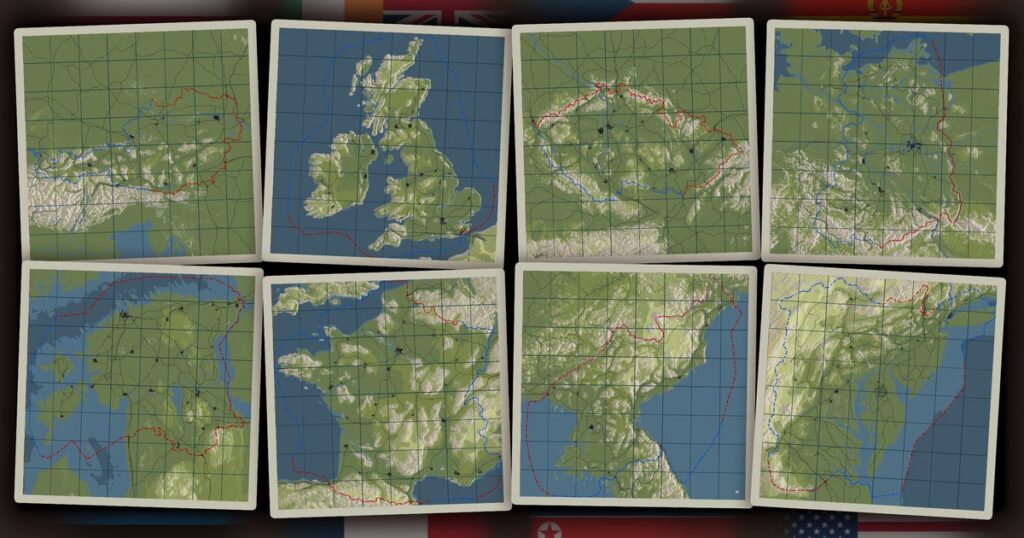Time progress is a special game for me, because it was the first news tip I had received from Sin Vega, the Prime Minister played a strategic game. Sin once described the writing of news articles for the former Alice0 news editor (RPS in Hoa Binh) is like practicing the previous pushes of Kung Fu Master. Writing about a new city building at Sin’s proposal is like being invited to the Londinium development budget by Julius Caesar.
The terrorism of tricking it – along with other troubles, more ordinary, such as international game industry conferences – prevented me from writing about progressing time for months. Today I bite the bullet, and appeared from the people at home to speak hesitating for the masses, hoping to be hell that Caesar was too concerned with Gaul’s latest uprising to realize my fault.
 Time progress – NOTICE TRAILER
Time progress – NOTICE TRAILER
https://www.youtube.com/watch?v=geimtko08ko
See on YouTube
For beginners, the same introduction is from the wrong millennium. The progressive era was established in the industrial revolution – Binh Minh of high density steam, trade union and urban housing. The first thing that attracts you about it is the presentation and aesthetics. We are in the isotropic land created according to procedures, with roads and railways associated with diamond -shaped town layouts together. The buildings, topography and overall palette are clean – light earth, red bricks, blue hills – but it is not barren. There are some animation full of engrossed, like smoke, and the way the houses gradually fatten into more complex houses.
However, you may be tempted to call “minimalist” progress. It certainly seems to be more condensed than many people building the city, but there are many systems, including a few more directly from the choice of the period.
Take new scientific and technological innovations, such as typewriter, water frame or electrolyte. You are not simply assigned to scientists to research them yourself. Instead, they unlocked time as part of the broader industrial revolution, including your city and all other cities, commanded by AI on the map. Then, you spend the points earned by meeting certain goals (such as achieving a certain food output) to import new technologies and have faster access to them. Overall, trade seems to be a big problem in progress. There is no military factor, and it does not seem to have a different “cultural” class, so your interactions with other cities will be mostly important.
There are also questions about labor politics. Workers in progress may be strikes if a certain percentage in a certain workplace has not been paid (in the form of food) for a few weeks. You can meet their needs or perform a persecution of the police. Workers can also allians, once you go through related laws, making them more expensive but more effective. People with higher education may be more likely to attack.
I like the balance time of progress seems to stand out between the joy of building a sample train and a carefully reviewed level of historical anxiety. I doubt/hope that sin will take place in the new year to write something more elaborate about the game. Please look kindly when I tremble the efforts early, sin! Currently, you can read more about the progressive time on Steam. The developer pressed Thumbs Games as a solo operator, based in Berlin, users of rusted programming language and Bevy engine. The name of the studio seems to originate from the German equivalent to overcoming your finger to ensure luck. Awww.



